1.) Leave cleaning solvents and bleach behind. The smell of disinfectants that we have been conditioned to think of as 'clean' are anything but. Along with being harmful to the environment in production and use, chemicals like chlorine bleach evaporate into the air in your home. Why not try the following non-toxic alternatives.
- Baking soda is an effective cleanser for sinks and tubs.
- Vinegar is a recommended cleansing agent for both wood and ceramic tile floors, and in a spray bottle it does an excellent job on glass and mirrors.
- Dish soap and laundry detergent are easily found in biodegradable, phosphate-free and unscented varieties.
2.) Dispose of leftover paint. It can be hard to let go of leftover matching colours, but if you have a bunch of cans you are pretty sure you won't use again, get rid of them. It is near impossible to get an airtight seal on a paint can that has already been opened and used.
Paints often contains toluene, a potent reproductive toxin; as well as volatile organic compounds, petrochemicals and solvents. Your municipality should be able to help you find the appropriate place to deposit unwanted paint and another household hazardous waste leftovers. Click here learn for a DIY all natural paint recipe.
3.) Hand wash instead of dry cleaning clothes when possible. Chemicals used in dry cleaning have been linked to cancer, as well as kidney and nervous system damage. If there's an item you must dry clean, remove it from the plastic wrap and hang it outside to let it air out before wearing it or putting in your closet.
4.) Remember what freshness really smells like - nothing. 'soft petals' or 'clean linen' do not actually smell like fresh air. Fresh air often has no scent at all. If scented air is a must at your house, try essential oil diffusers or make your own air spray with a 10 - 20 drops of essential oil diffused in a tablespoon of alcohol mixed into a cup of water. Read here about the impacts of natural fragrances on home air quality.
5.) Open your windows. Did you know that the inside of a home generally has three to four times the dangerous pollutants and small particles of the outside world. Building materials, finishes, carpets, furniture and computers can all off-gas in our homes for years. Let fresh air circulate through your home as often as possible. If you live in a heavily trafficked area do so at low traffic times.
6.) Cultivate Houseplants. According to NASA not only do houseplants clean the air (but not really), but certain house plants, such as bamboo palm and english ivy, can actually help to eliminate benzene, formaldehyde and/or trichloroethylene in minute quantities. NASA recommends 15 to 18 good-sized houseplants in six- to eight-inch (203 mm) diameter containers in a 1,800-square-foot (170 m2) house - but while houseplants may help in using Biophilic Design in a home office for better health, a good ventilation system is still preferable.
If you have a natural cleaner recipe or home detox tip to share, tell us about it in the comments below!
Now you know about maintaining healthy indoor air quality, learn more about sustainable construction for healthy and durable homes in the Ecohome Building Guide pagesFind more pages about sustainable and resilient green building techniques here :
Learn more about the benefits of a free Ecohome Network membership here. |
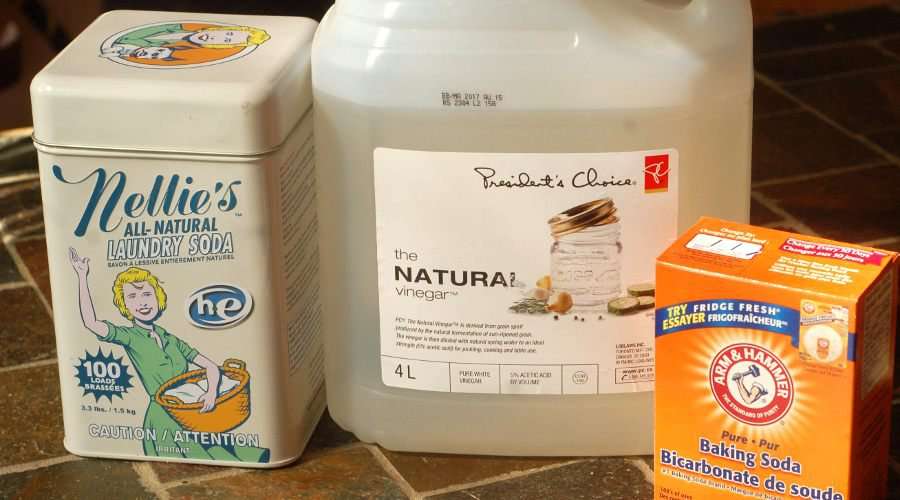

















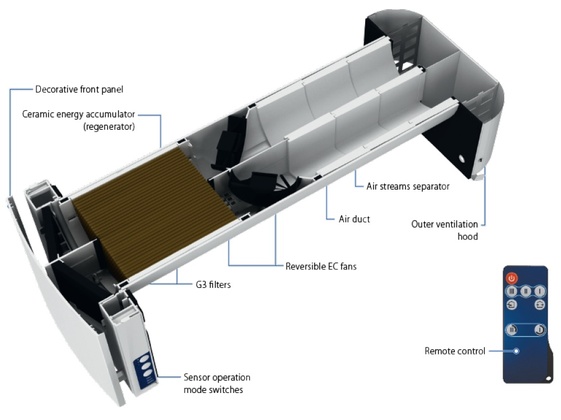






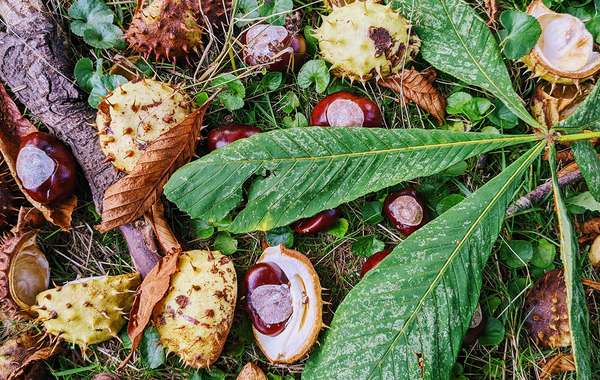

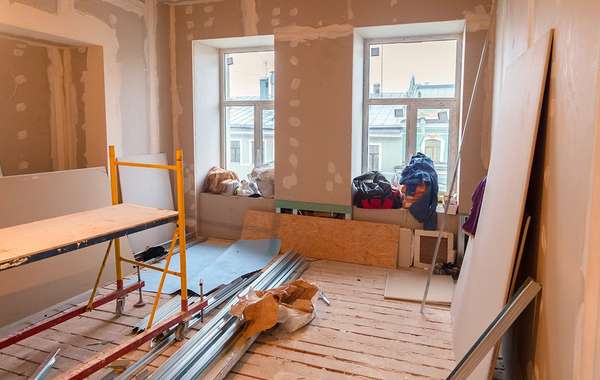
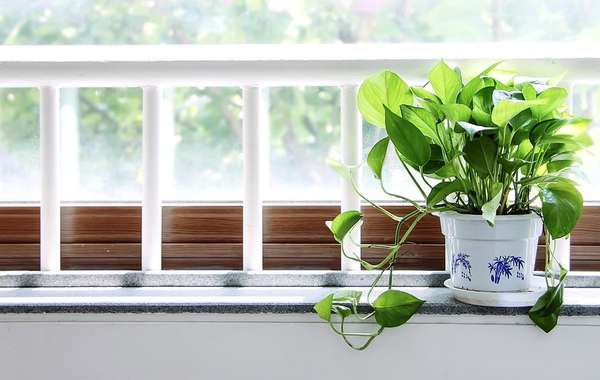
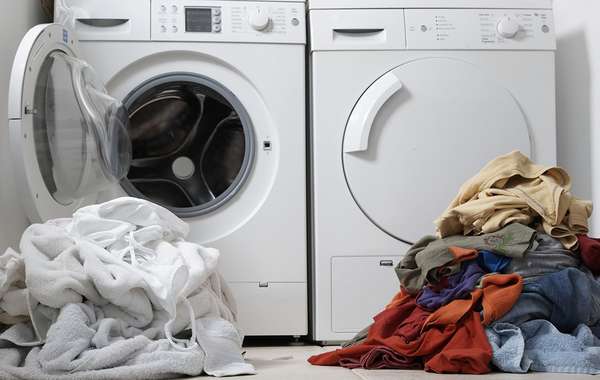
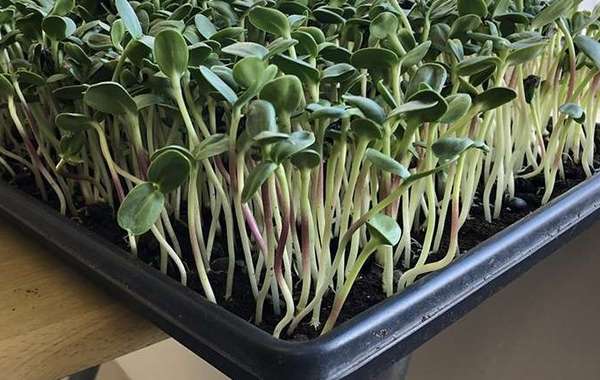
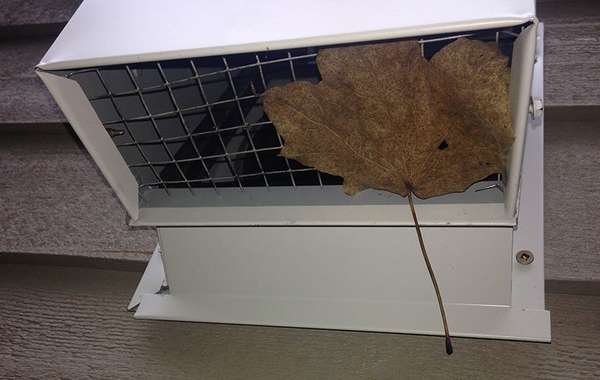
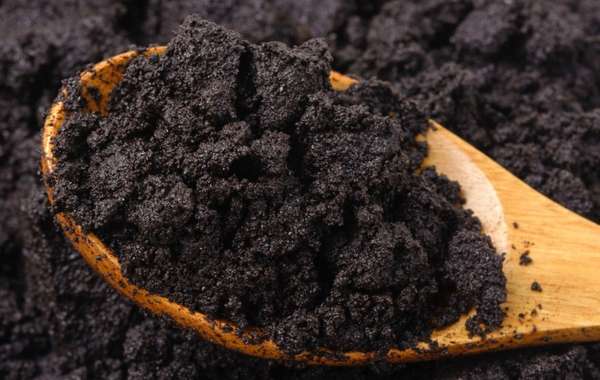
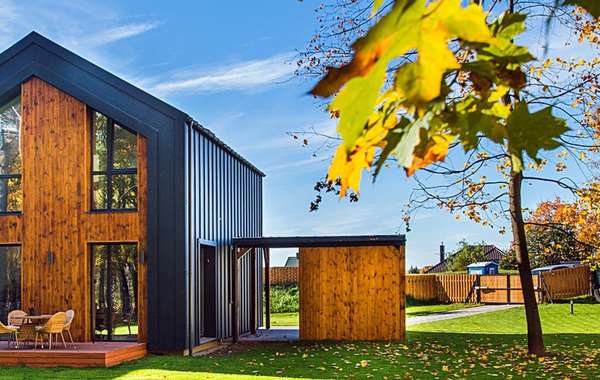
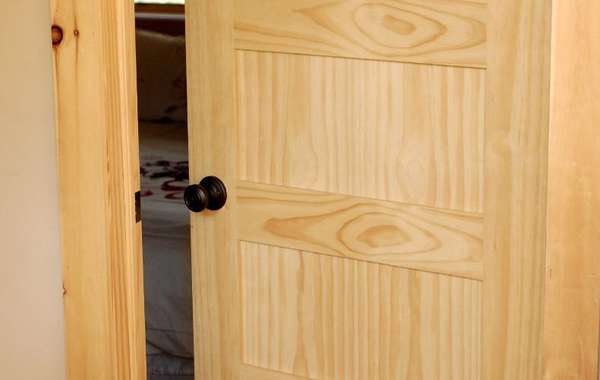
Also look for a "green" dry cleaner for suits or must dry clean items. They use a wet clean process that does not use PERC which is the chemical in dry cleaning that causes cancer. Here is one in Vancouver, there are likely others in other major cities: http://www.villagecleaners.ca/index They can clean anything except leather / suede.
That's a great tip, thanks. If anyone knows of one in their region please drop us a line. We're based near Ottawa, and a google search of 'perc dry cleaning Ottawa' led me to the Green Living Ottawa page, with a good explanation of the process and where to find a healthier option.
Spider plants have also been shown to reduce indoor air pollution in the form of formaldehyde, and approximately 15 plants would neutralize formaldehyde production in a representative energy-efficient house.
That's a great tip, thanks Ron. We have plans to do a piece on how specific plants can improve air quality, Spider plants will definitely be on the list.